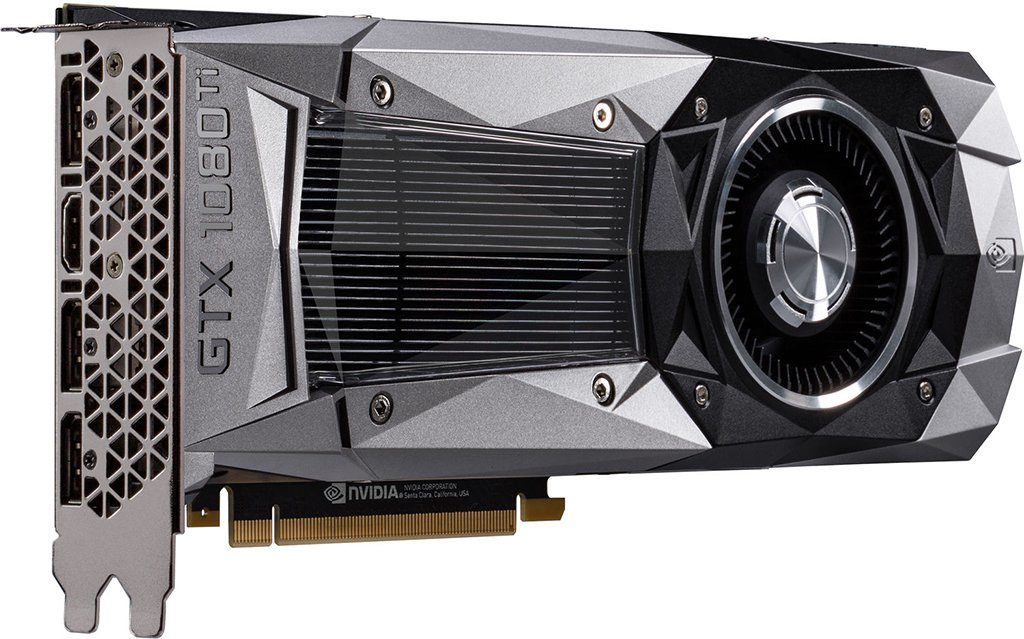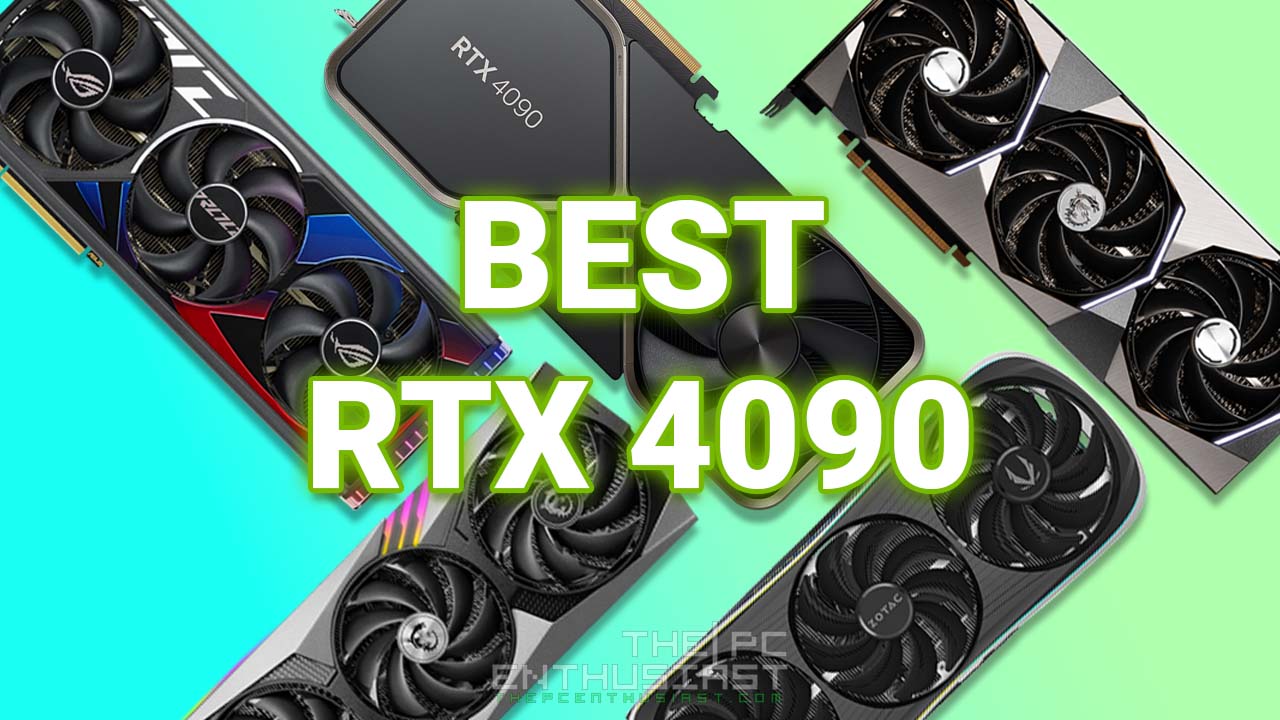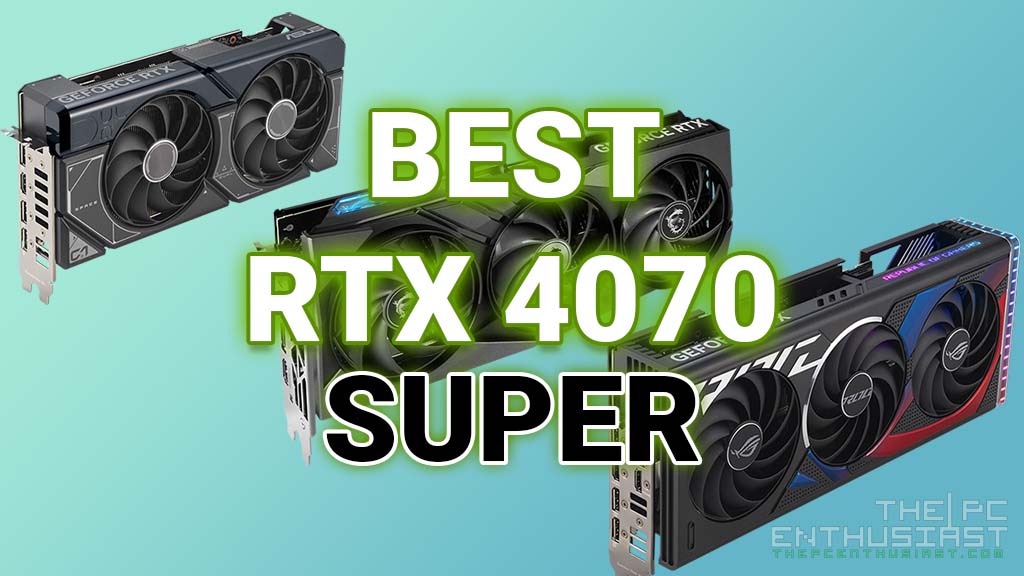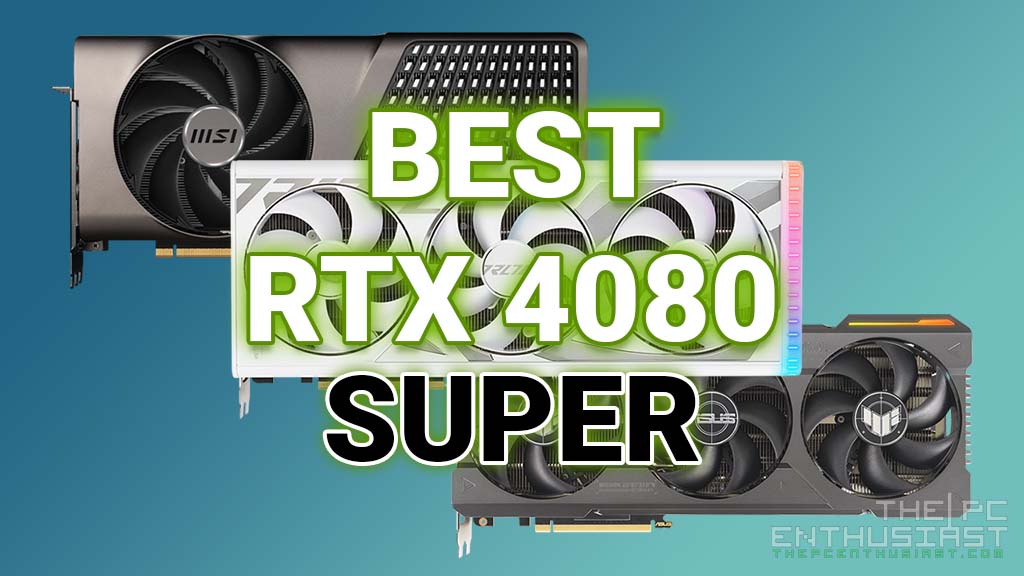The GeForce GTX 1080 Ti has finally been unleashed and custom GTX 1080 Tis from various AIB partners are already in the market. The GTX 1080 Ti is on par or faster than the TITAN X Pascal, but NVIDIA was very quick to release a new “TITAN”, the Titan Xp (with a small “p”) just to keep the “Titan” status. Depending on the game title, the GeForce GTX 1080 is very capable at 1440p, and you could play some not-so-demanding games at 4K UHD. However, it wasn’t THE graphics card for 4K 60fps gaming. The faster GeForce GTX 1080 Ti can drive games at 4K UHD better. NVIDIA announced the GeForce GTX 1080 Ti Founders Edition with an SRP of $699; while non-reference 1080 Tis are expected to be priced higher than the Founders Edition. Currently, there are more than 40 variants of GTX 1080 Tis from various manufacturers. There’s just too many to choose from, and we expect more variants to show up soon. I have listed below the various GTX 1080 Ti that were released or announced to date. Some of these are already available in the market, while some will hit the store shelves soon. Some are also available in a specific region only. The comparison list of the GTX 1080 Ti below aims to help you compare the different specs, specially the clock speeds, cooler type, length of card; or if you simply want a 1080 Ti with RGB lighting on it. Go ahead and check them below.
UPDATE: The GeForce RTX 2080 Ti is now available. Check out our RTX 2080 Ti Comparison here.
GeForce GTX 1080 Ti Specs Comparison – Which One To Buy?
Let’s start with the basic features that all GTX 1080 Ti shares, regardless if it was based on a reference design or if it features a custom PCB. The GeForce GTX 1080 Ti is basically a slightly modified version of the TITAN X Pascal. It features a GP102 die, with 3584 CUDA cores (same with TITAN X Pascal); but has only 11GB GDDR5X at 11Gbps 352-bit memory versus 12GB GDDR5X 10Gbps 384-bit on the Titan X Pascal. Looks like NVIDIA is just playing mix and match with the settings, just to vary one model from another. However, based on official reviews, despite having fewer but faster memory, lesser memory bus and ROPs, the GeForce GTX 1080 Ti turned out to be faster graphics card specially in gaming (in most cases).
The reference version of the GTX 1080 Ti has three DisplayPort 1.4 and an HDMI 2.0b port. However, custom variants may have additional HDMI out for VR or may have a DVI out as well. The reference 1080 Ti draws its power from a 6-pin + 8-pin connector, consumes around 250W of power and requires at least a 600W power supply. Custom 1080 Ti may have higher requirements of power draw.
All GeForce GTX 1080 Ti cards supports the following technology: Simultaneous Multi-projection, VR Ready, NVIDIA Ansel, NVIDIA SLI supporting SLI High Bandwidth Bridge, G-Sync, GameStream, GPU Boost 3.0, DirectX 12 API with level 12_1, Vulkan API, OpenGL 4.5, and PCIe 3.0.
Now here is where non-reference or custom GTX 1080 Ti would differ from one another. As expected, card partners will release their own version of the GTX 1080 Ti, featuring better cooling solution, better or improved power delivery, higher clock speeds, RGBs and any “innovation”/gimmick you can think of to attract PC gamers into buying their version of 1080 Ti.
The bottom line is, all of these various GTX 1080 Ti in the market will perform not far from one another since NVIDIA has placed restrictions and limiters. More or less, they would perform just on par (or slightly faster) and the difference is barely noticeable while playing actual games. You would only notice the difference when you do some benchmarks and see the numbers.
Usually the OC or overclock versions are the more expensive ones. You can save some cash by getting the non-OC version and just overclock the graphics card manually by yourself. It’s just the same, but if you are not comfortable tweaking your graphics card’s clock speeds and you want the fastest GTX 1080 Ti around, better get the one with the highest clock speed out of the box. But these OC versions usually do come with a higher price tag.
In terms of the cooling solution, blower types are best suited for PC that doesn’t have much cooling fans installed in the chassis. The card will exhaust the heat coming from the GPU directly outside the chassis. However, graphics card with a dual fan or triple fan setup are best suited for systems that have sufficient air intake and exhaust. This is because the heat coming from the GPU will not be exhausted at the back of the chassis; instead the fans will just blow the heat from the aluminum heatsink that will more or less end up circulating inside the chassis. Thus you need a good and sufficient air flow to exhaust all the heat circulating inside your system.
The advantage of dual, triple or open air cooling solution is that GPU temperature is usually lower compared to blower type. Since the GPU runs cooler, you get better chance of hitting higher boost speeds. You could also get better overclocking stability thanks to the beefier cooling solution.
Finally, the GeForce GTX 1080 Ti is really an overkill for 1080p gaming, it is best suited for 1440p and 4K gaming; or if you have a high refresh rate monitor. The GeForce GTX 1080 Ti is designed for 4K ultra HD gaming, but I think it’s still not the card yet that will be able to play all AAA games at ultra or max settings and doesn’t go below 60 fps. The GTX 1080 Ti is probably akin to a GTX 1060 to a 1080p gaming.
Listed below are the different GeForce GTX 1080 Tis available in the market to date. Initially the list is sorted according to the graphics card’s name, but you can sort it according to clock speeds and etc.
Also, there are some GTX 1080 Tis (like from Asus, MSI and Gigabyte) that comes with two clock speed modes. They have a so-called gaming mode and OC mode. I will place the gaming mode first followed by the OC mode inside a parenthesis, since the gaming mode is usually the default setting and the speed you get right out of the box.
GeForce GTX 1080 Ti Specs Compared
Note: If there’s a GTX 1080 Ti not included in the comparison list above, hit the comment section below and we’ll add it. I’m sure more variants will be released sooner or later (before Volta that is).
Based on the GTX 1080 Ti specs comparison above, the Galax GTX 1080 Ti HOF (Hall of Fame) Limited Edition and the Zotac GTX 1080 Ti AMP Extreme Edition have the highest clock speeds out of the box. Both have a 1645MHz base and 1759MHz boost; but the Zotac GTX 1080 Ti AMP Extreme has a higher memory clock speed at 11200MHz. Theoretically speaking, these cards are the faster variants of the GTX 1080 Ti. So if you want the fastest right out of the box, without any tweaking or manually overclocking, consider these two 1080 Ti variants.
If you do want the fastest but you do not like the design and you want to save some cash; get the cheaper variant or your preferred GTX 1080 Ti design and you can overclock it manually.
Just like in my previous articles, if you are planning to buy a GTX 1080 Ti today, my suggestion would be to base your decision on your preferred design or cooling solution/performance, followed by price; or price first if you are targeting a specific buget. You also need to consider the clearance for the graphics card that your chassis can support; as well as the air flow. Most of these 1080 Tis listed above are long and consume 3 PCI slots.
I hope this article helped you in one way or another. Please don’t forget to share this article to your friends if you find it useful and helpful.
Also check out our GeForce GTX 1080 Compared, GeForce GTX 1070 Compared and GeForce GTX 1060 Compared.




















































I didn’t see the EVGA gtx 1080ti kingpin.